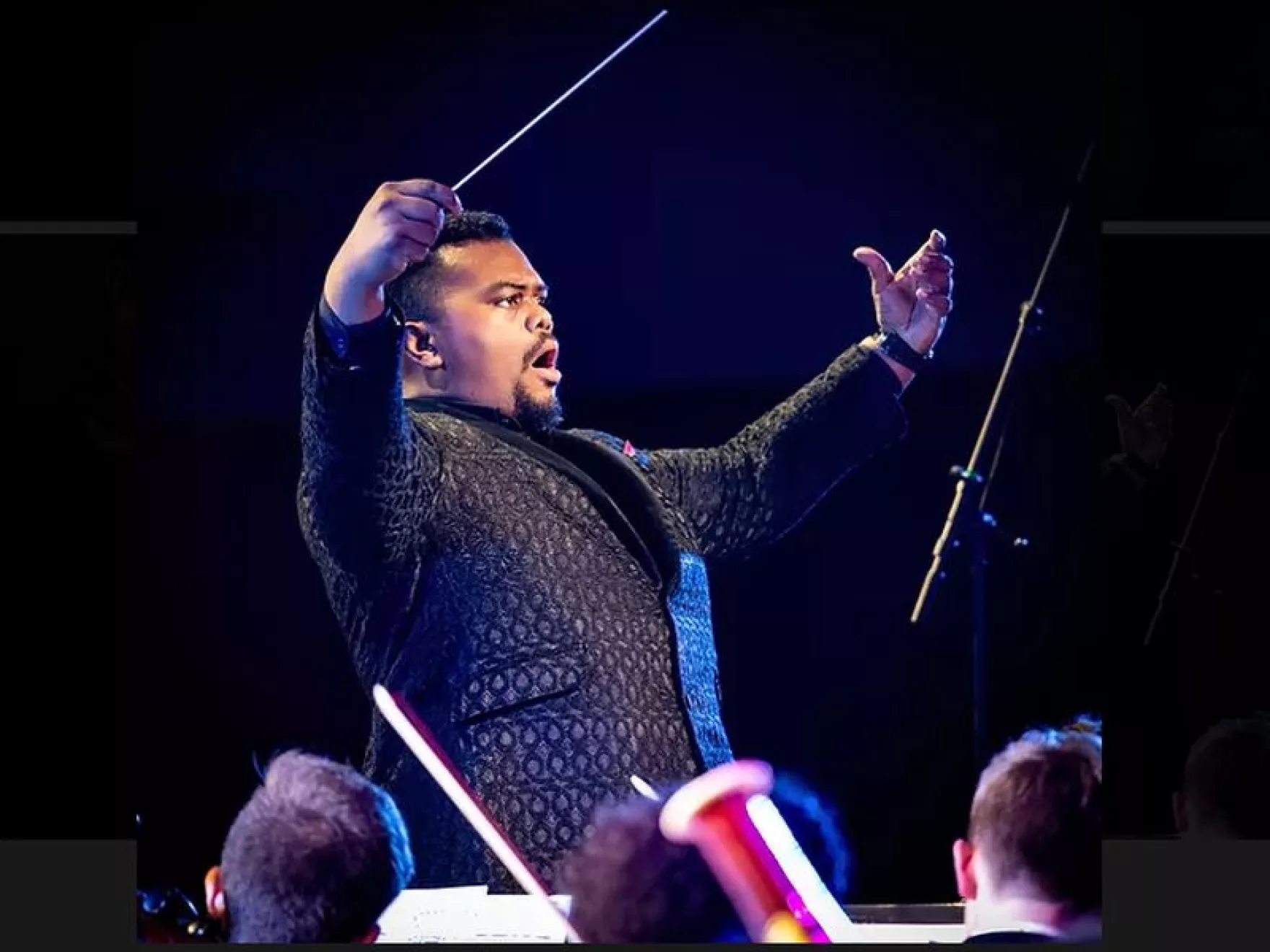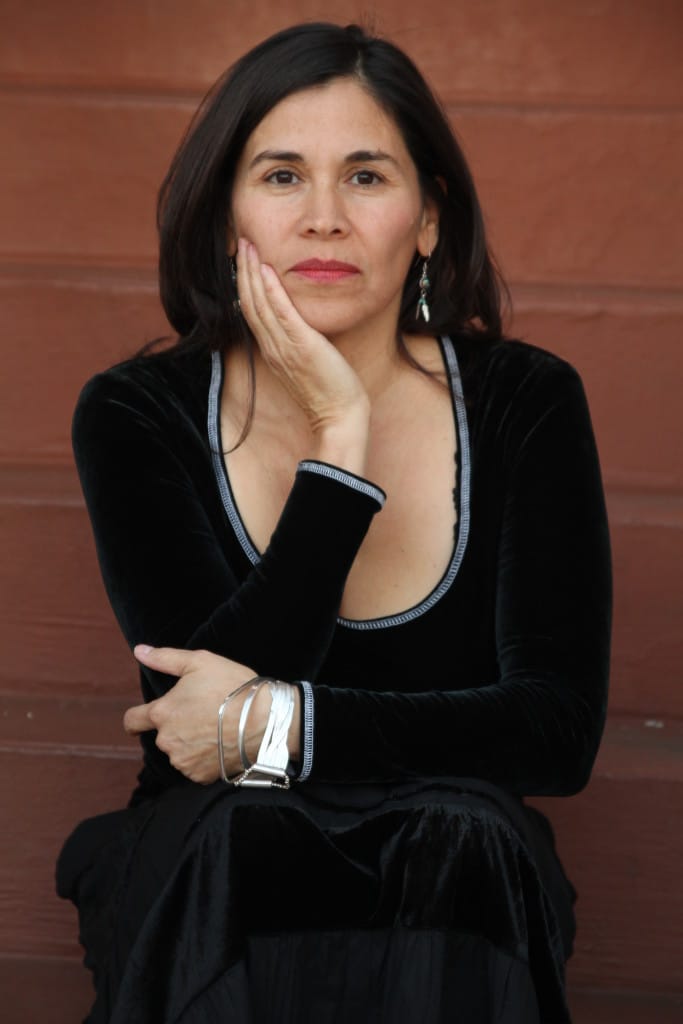Nuevo de Music City
“Encanto” The Soundtrack of a Country
(versión en español aquí)
In cinematic consumption, animated films are generally appreciated as children’s entertainment and soundtracks as background music. The truth is, that both animators and composers in cinema elevate artistic creation by adhering to the meticulous representation of movements that our brains take for granted. The moment a gesture and a sound are not authentic, the audience disconnects from the scene. Beyond the ‘cartoons’ and catchy songs, Encanto honors the child audience and a nation. I have had to watch this movie each time with a different purpose: to appreciate its plot, to identify the folkloric and scenic elements, and to immerse myself in its music. I never imagined that this latter aspect would materialize in an auditorium with an orchestra.
On March 16th and 17th, the Schermerhorn transformed into the “Casita” that would host families and fans donning costumes of the movie characters. Expectations soared as conductor Anthony Parnther introduced the show in a velvety voice as if he were part of the production dubbing. Parnther and some members of the Nashville Orchestra participated in the original recording of the soundtrack. This singular event only heightened the desire to once again immerse oneself in the film’s fantasy but with the music played live!

www.anthonyparnther.com)
The story of Encanto is inspired by the literary movement of magical realism; merely the juxtaposition of these two concepts makes its meaning difficult to put into words. The simplest example I find to define this style is the character of Julieta who “the truth is she can heal you with a meal, her recipes are remedies for real.” A mother’s unmistakable seasoning has the power to lift our spirits and energy when we are unwell. That’s reality, but that “superpower” makes it magical. Germain Franco’s feat was to turn this meaning into sound—how to link the everyday and fiction in incidental music. Unlike the production team and composer Lin Manuel Miranda, who traveled to El País de la Belleza (Colombia) to document its multiculturalism and diversity, Franco received the proposal to compose the soundtrack amid the pandemic.
The sound richness of Antonio’s Voice is evidence of the composer’s deference to Colombian folklore. The Pacific Coast of the country is a territory barely explored when it comes to biodiversity and Latin American culture. In this region where the jungle meets the sea, the Afro-Colombian race resonates through female voices and the marimba de chonta. For this piece, Franco commissioned the instrument from a local luthier and played it herself in the recording. She managed to gather a choir of “cantadoras” (female singers) and directed the sessions from a Zoom window. The result is mind-blowing; the orchestra transports the rhythms of bullerengue across the waters of the Atlantic to the jungle that separates them from the Pacific waters. The choir announces Antonio’s arrival in a frenzy that becomes increasingly uncontrollable to the senses. When the high register of the voices merges with the symphonic timbre, the enchantment of orchestration in soundtracks becomes tangible. If the piece alone is a breathtaking experience, accompanied by a scene that extraordinarily represents Colombian megadiversity, it becomes a true work of art.

One of the qualities that immediately caught my ears the first time I heard the Nashville Symphony Orchestra was the transparency and balance in the sound of the strings. This particularity is essential in film music; in multiple sequences, a chord is extended extensively, supporting the movement of the other voices or serving as a transition in the plot. It is common to use digital effects in the production of soundtracks to enhance the intention or atmosphere of a scene. However, aspects such as dynamics and tuning sympathy were masterfully achieved by the orchestra as if it were a recording. To create a three-dimensional effect of sound, there were sections where only some members of each section played the melody. For example, in certain parts, the last violin desks were the only ones subtly coloring the percussion bases.
Colombia’s geographical position and the convergence of multiple races make it a country with an extraordinary variety of cultures. Regarding music, its wide range of instruments defines the timbral nature of each region. Franco and Miranda faced a plethora of possibilities to enrich their composition and make it even more genuine. Instruments like the bandola, tiple, and cuatro (strings), cununos and maracón (percussion), and caña de millo and gaita (winds) were showcased by Colombian performers during the recording. In this concert, they were replaced by instruments with similar characteristics; the stage was filled with guitars and drums playing to the rhythms of bambuco and cumbia. Yes, Colombian cumbia.
It is admirable both in the composition of incidental music and the performance without cuts to chronometrically adjust to each scene. The melodies and effects not only accompany an emotion but also reaffirm the sound design of the movie; therefore, they must be played with precision. Parnther is an expert in assembling soundtracks as a conductor and bassoonist thanks to his extensive experience in the film industry. The Nashville Symphony Orchestra seems to be mastering this terrain as well, with its attractive selection of films included in its seasons. The audience has come to appreciate these concerts, describing them as an experience on another level, and as a result, they ensure to secure their seats well in advance.



